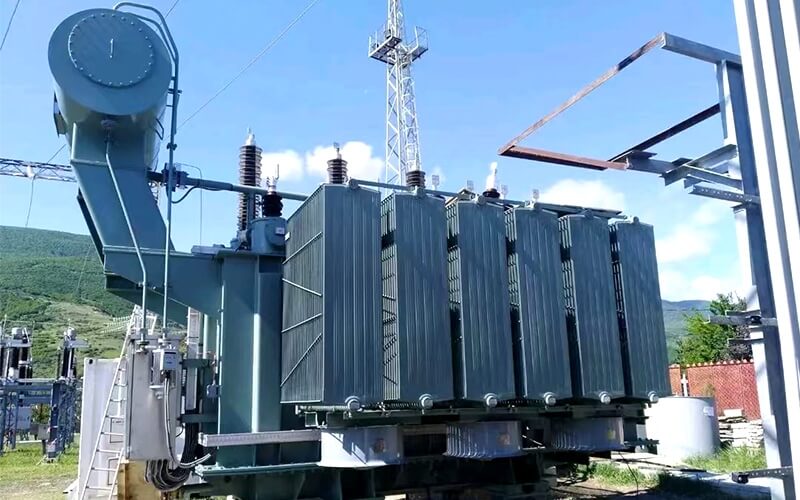Transformer losses and temperature rise
When the transformer is running, the magnetic flux passing through the core will cause losses in the core, and the current passing through the winding will also cause losses in the winding. In addition, the leakage flux caused by the winding current and the leakage flux outside the core when the core is overexcited will cause additional losses in various structures, such as coils, core structure parts, core sheets, and oil tanks. The oil pump and fan of the cooling equipment also have losses. All kinds of losses are converted into heat, part of which is used to increase the temperature of each component, and the other part is dissipated to the cooling medium near each component.
The insulating materials used in transformers have a certain thermal life. For example, the heat resistance grade of oil-immersed transformers is Class A, and the long-term working temperature of Class A insulating materials is 105℃.
According to GB/T
15164-1994 "Oil-immersed Electronic Transformer Load Guidelines" transformer insulation thermal aging rules, transformer insulation is based on a hot temperature of 90°C, and the aging rate increases by 1 times for every 6°C increase in temperature; conversely, the aging rate decreases by 1/2 for every 6°C decrease in temperature. This is based on GB
1094 "Power Transformer", and this hot temperature corresponds to "operating at an ambient temperature of 20°C and a hot temperature rise of 78K". This is based on the fact that the ambient temperature of the transformer changes throughout the year during operation. When the ambient temperature is higher than 20°C, the hot temperature will exceed 98°C; and when the ambient temperature is lower than 20°C, the hot temperature will be less than 98°C.





